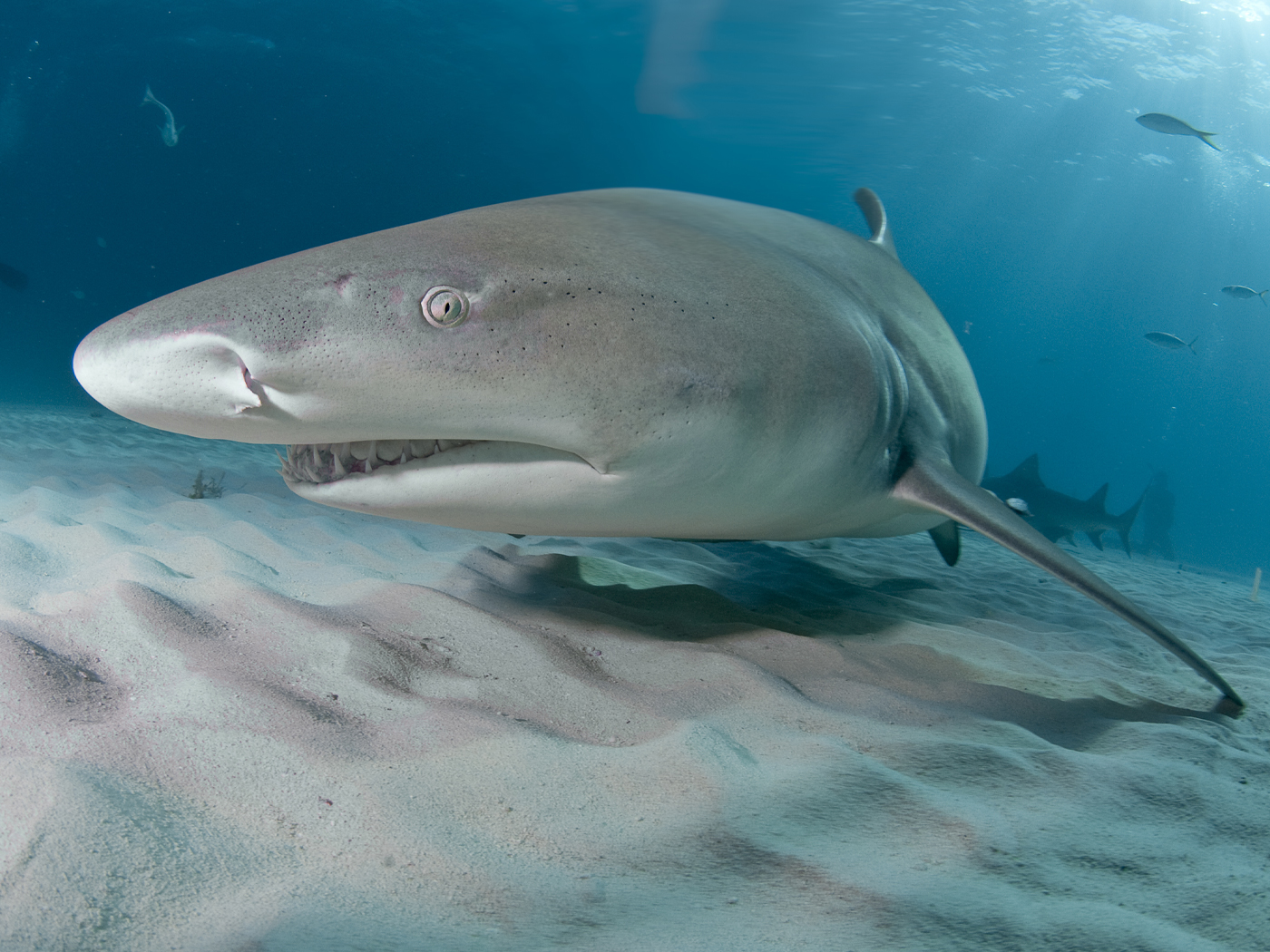The leaves of the common roadside milkweed plant are poisonous to people and most other creatures. Alongside many other plants, its leaf tissues contain cardenolide poisons as a natural defense.
But many insects eat poisonous plants and survive. And milkweed is all that monarch butterfly caterpillars eat. What attributes let them do that, and how did they acquire those attributes in the first place?
To find some answers, scientists dug deep into the genetics and biochemistry of 18 different kinds of insects that all live on cardenolide-producing plants. Their results, published in the Proceedings of the National Academy of Sciences, were remarkable.
The authors wrote that cardenolides do their damage by inserting themselves into a specific binding pocket on a protein pump that animal cells—including insects—constantly use. Once bound, the tiny chemical disables the pump, and enough dysfunctional pumps disables the cell. The researchers discovered that, in creatures that can eat such plants, specific mutations change the shape of that binding pocket so that it excludes the cardenolide.
The scientists discovered through rigorous experimentation that all 18 insects had certain amino acids substituted with alterations to numbered positions 111 and 122 of the gene that codes for the cellular pump. Very few positions are altered in this gene. Since most alterations would diminish or halt its vital effectiveness, creatures tolerate very few such changes.
How is it that such different insects have exactly the same DNA base changes in this gene?
The PNAS study authors attributed it to "convergent evolution," a term suggesting that the identical genetic substitutions occurred separately "at least four times" in insect groups over the course of 300 million years.1 However, they offered no details describing how this could occur—even in theory.
Convergent evolution is conceivable, but it is scientifically meaningless unless researchers can actually detect it. Otherwise, to claim convergent evolution as these authors did is merely to beg the question of convergent evolution. In other words, the study authors ignored all non-evolutionary explanations for how these remarkably specific DNA differences arose.
Perhaps the DNA differences were directly created, or perhaps well-designed cellular systems put them in place at some point after creation. The first possibility is blind to scientific experiment, which cannot directly investigate the past. No scientific experiment has verified the second possibility, but no experiment showed that these systems arose by convergent evolution either.
These researchers conducted a rigorous study, to their credit. However, there was no scientific reason for them to have excluded origins possibilities that are at least equally valid.
Reference
- Dobler, S. et al. 2012. Community-wide convergent evolution in insect adaptation to toxic cardenolides by substitutions in the Na,K-ATPase. Proceedings of the National Academy of Sciences. 109 (32): 13040-1304.
* Mr. Thomas is Science Writer at the Institute for Creation Research.
Article posted on October 29, 2012.













